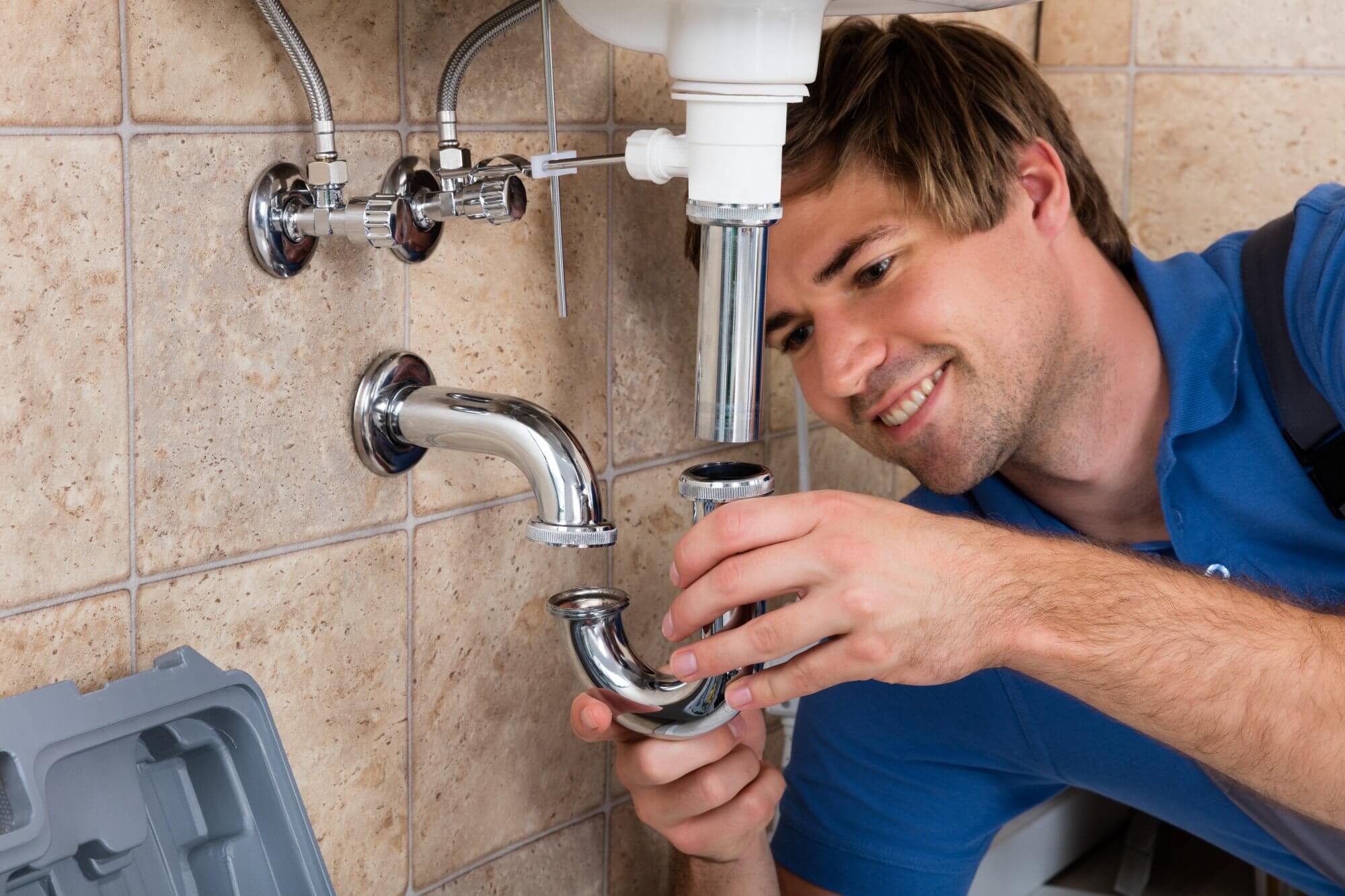

Articles
How To Clean A Bathroom Sink Drain
Modified: February 28, 2024
Looking for articles on how to clean a bathroom sink drain? Find helpful tips and step-by-step instructions in this comprehensive guide.
(Many of the links in this article redirect to a specific reviewed product. Your purchase of these products through affiliate links helps to generate commission for Storables.com, at no extra cost. Learn more)
Introduction
Welcome to the ultimate guide on how to clean a bathroom sink drain! Dealing with a clogged or slow-draining sink can be a frustrating experience. Not only does it disrupt your daily routine, but it can also lead to unpleasant odors and even water damage if left unaddressed.
A bathroom sink drain can become clogged due to a variety of reasons, including buildup of hair, soap residue, toothpaste, and other debris. Fortunately, you don’t need to call a plumber every time you encounter this issue. With a few simple steps and some basic supplies, you can tackle the problem yourself and have your sink drain running smoothly again.
In this guide, we’ll walk you through the step-by-step process of cleaning a bathroom sink drain effectively. From gathering the necessary supplies to implementing preventive measures, we’ll cover everything you need to know to keep your drain in optimal condition.
Before we dive into the specifics, it’s important to note that safety should always be your top priority when working with drain cleaning solutions. Make sure to wear suitable protective gear, such as gloves and goggles, and follow the product instructions carefully.
So, without further ado, let’s get started on restoring your bathroom sink drain to its full functionality!
Key Takeaways:
- Say goodbye to clogged bathroom sink drains! With simple supplies and natural cleaning methods like baking soda and vinegar, you can easily maintain a smooth-running drain and prevent future clogs.
- Don’t let a clogged sink drain disrupt your routine. By practicing good maintenance habits and using gentle cleaning solutions, you can keep your bathroom sink drain clear and odor-free for the long haul.
Read more: How To Clean Kitchen Sink Drain
Step 1: Gather the necessary supplies
Before you begin cleaning your bathroom sink drain, it’s essential to gather all the necessary supplies. Having everything ready beforehand will save you time and ensure a smooth cleaning process. Here are the supplies you’ll need:
- Gloves: A pair of rubber gloves will protect your hands from any chemicals or debris.
- Plunger: Choose a sink plunger specifically designed for sink drains, as it has a flat-bottomed cup that creates suction.
- Drain snake: Also known as a drain auger, this tool is used to remove blockages deep within the drainpipe.
- Baking soda: This versatile household ingredient will help break down grease and eliminate odors.
- Vinegar: White vinegar acts as a natural cleaning agent and can dissolve mineral deposits.
- Hot water: Boiling water will be used to flush out the drain once it’s been cleaned.
- Cleaning brush or toothbrush: This will be handy for scrubbing away any residue or buildup.
- Bucket or container: You’ll need something to catch any excess water or debris that may come up during the cleaning process.
Ensure that you have all these supplies readily available before you proceed to the next steps. Having everything on hand will help you complete the task efficiently and without interruptions.
Once you have gathered all the necessary supplies, it’s time to move on to the next step: removing any visible debris from the drain.
Step 2: Remove any visible debris from the drain
Before you can effectively clean your bathroom sink drain, it’s important to remove any visible debris that may be causing the clog or obstruction. Here’s how to do it:
- Start by putting on your gloves to protect your hands from any unpleasant substances.
- Inspect the sink drain and remove the stopper, if applicable. Some sinks have a removable stopper that can be easily lifted or unscrewed.
- Using your fingers or a pair of tweezers, carefully extract any visible hair, soap scum, or other debris that may be trapped in the drain. Dispose of the debris in a trash bag or container.
- Next, grab a flashlight and shine it down the drain to get a better view of the inside. Look for any additional buildup or blockage that may not be visible to the naked eye.
- If you notice any significant buildup or gunk, use a cleaning brush or an old toothbrush to scrub the inside of the drain gently. Be careful not to apply excessive force or damage the drain.
- Once you’ve removed as much debris as possible, rinse the drain with hot water to flush away any remaining residue.
By taking the time to remove visible debris from the drain, you are clearing the way for more effective cleaning in the subsequent steps. This step alone may sometimes resolve minor clogs and improve water flow.
Now that you’ve successfully removed any visible debris, it’s time to move on to the next step: using a plunger to unclog the drain.
Step 3: Unclog the drain with a plunger
If removing visible debris from the drain did not resolve the clog, it’s time to bring out the plunger. Using a plunger can create pressure and suction to dislodge and break up the blockage. Follow these steps to unclog the drain with a plunger:
- Ensure that there is enough water in the sink to cover the base of the plunger.
- Place the plunger over the drain, ensuring a tight seal.
- Push down firmly on the plunger and then pull up quickly to create suction. Repeat this plunging motion several times.
- After several plunges, quickly remove the plunger. You may hear a gurgling sound as the blockage starts to break up.
- Check if the water is draining properly. If it’s still slow or completely blocked, repeat the plunging process until the drain clears.
- Once the water starts to drain, run hot water down the sink to flush out any remaining debris.
It’s important to use a sink plunger specifically designed for sink drains, as it has a flat-bottomed cup that creates better suction. A standard toilet plunger may not be as effective in unclogging a sink drain.
If plunging doesn’t seem to completely clear the clog, it’s time to move on to the next step and use a drain snake or auger to remove stubborn blockages.
Note: If you have a double sink, make sure to block the other drain with a wet cloth or a sink stopper to create proper suction.
Step 4: Use a drain snake to remove stubborn blockages
If plunging alone did not resolve the clog in your bathroom sink drain, it’s time to bring out the heavy-duty tool: a drain snake or auger. A drain snake is a long, flexible, coiled wire with a handle on one end and a sharp hook or claw on the other. It is designed to reach deep into the drainpipe and break up or retrieve stubborn blockages. Here’s how to use a drain snake:
- Feed the drain snake into the drain slowly, while turning the handle clockwise. The snake will start to move down the drainpipe.
- Continue feeding the snake until you encounter resistance or feel the blockage.
- Once you reach the blockage, rotate the snake counterclockwise to engage the hook or claw on the end. This will help grab onto or break up the obstruction.
- Gently pull the snake back towards you, ensuring that you maintain tension to avoid losing the blockage back into the pipe.
- Inspect the end of the snake for any debris or buildup that you may have retrieved. Dispose of it in a trash bag or container.
- Repeat the process of feeding the snake, rotating, and retrieving until the drain is clear or you no longer retrieve any debris.
- Once you’re confident that the blockage has been cleared, run hot water down the sink to flush out any remaining residue.
Using a drain snake can be a messy process, so it’s advisable to wear gloves and have a bucket or container nearby to catch any excess water or debris that may come up during the snaking process.
If you’re uncomfortable using a drain snake or the clog persists, it may be time to consider other methods or seek professional help. However, in most cases, a drain snake is effective in removing stubborn blockages and restoring proper drainage.
Now that you’ve successfully tackled tough blockages with a drain snake, it’s time to move on to the next step: cleaning the drain with baking soda and vinegar.
Use a mixture of baking soda and vinegar to clean your bathroom sink drain. Pour the baking soda down the drain, followed by the vinegar. Let it sit for 15 minutes, then flush with hot water. Repeat as needed.
Read more: How To Clean A Drain And A Kitchen Sink
Step 5: Clean the drain with baking soda and vinegar
Once you have cleared the clog from your bathroom sink drain, it’s important to clean and freshen up the drain to prevent future buildup and eliminate any remaining odors. One effective and natural method for cleaning the drain is by using baking soda and vinegar. Follow these steps to clean your drain:
- Start by pouring about half a cup of baking soda down the drain.
- Follow the baking soda with an equal amount of vinegar. You may notice a fizzing reaction, which is normal.
- Allow the baking soda and vinegar mixture to sit in the drain for about 15 minutes. This allows the solution to work its way through the drain and break down any residual buildup.
- While waiting, you can heat some water to a boil.
- After 15 minutes, carefully pour the boiling water down the drain to flush away the baking soda, vinegar, and any loosened debris or residue.
- Repeat this process once or twice a month to keep your drain clean and prevent future clogs.
Baking soda is a natural abrasive and deodorizer, while vinegar acts as a disinfectant and helps dissolve mineral deposits. When combined, they create a fizzy reaction that helps break down residue and remove odors from the drain.
It’s important to note that this method is most effective for regular cleaning and maintenance. If you’re dealing with a severe clog or persistent odor issue, you may need to consider other methods or seek professional assistance.
Now that you’ve successfully cleaned your bathroom sink drain with baking soda and vinegar, it’s time to move on to the next step: flushing the drain with hot water.
Step 6: Flush the drain with hot water
After cleaning the drain with baking soda and vinegar, it’s important to flush out any remaining residue and ensure that the drain is clear and free-flowing. Flushing the drain with hot water is a simple yet effective way to accomplish this. Here’s how to do it:
- Boil a kettle or pot of water.
- Carefully pour the boiling water directly down the drain. Ensure that you pour it slowly and steadily to avoid any splashing or potential burns.
- Allow the hot water to work its way through the drain, clearing away any remaining debris or buildup.
- Repeat this process a few times to thoroughly flush out the drain.
- Run hot water from the tap for a few minutes to further flush out the drain and ensure that it’s running smoothly.
Flushing the drain with hot water is an important final step because it helps to remove any loosened debris and residue that may still be present. The hot water also helps to dissolve any remaining soap scum or greasy deposits.
Remember to be cautious when handling boiling water and to pour it slowly to avoid any accidents or injuries. Additionally, avoid using hot water if you have PVC pipes, as it can potentially damage them. Use warm water instead.
By flushing the drain with hot water, you’re not only ensuring that the drain is clear but also helping to prevent future clogs by maintaining a clean and residue-free pipe.
Now that you’ve successfully flushed the drain with hot water, it’s time to move on to the final step: preventing future clogs by practicing good drain maintenance.
Step 7: Prevent future clogs by practicing good drain maintenance
Now that you’ve gone through the process of cleaning your bathroom sink drain, it’s essential to take preventive measures to avoid future clogs and maintain optimal drain function. By practicing good drain maintenance, you can prolong the lifespan of your pipes and prevent inconvenient clogs from occurring. Here are some tips to help you prevent future clogs:
- Use drain guards: Install drain guards or strainers in your sink to catch hair, soap scum, and other debris before they go down the drain.
- Dispose of materials properly: Avoid putting materials like coffee grounds, grease, fat, and large food scraps down the drain. Instead, dispose of them in the trash or compost them.
- Regularly clean the drain: Perform routine maintenance on the drain by using natural cleaning solutions like baking soda and vinegar. This can help break down small buildups and prevent them from turning into larger clogs.
- Flush with hot water: Once a week, pour hot water down the drain to keep it clear and remove any potential buildup.
- Avoid chemical drain cleaners: While tempting, avoid using harsh chemical drain cleaners as they can damage the pipes and lead to more significant issues in the long run.
- Be mindful of what goes down the drain: Avoid rinsing leftover oil or grease from cooking utensils down the sink. Dispose of them in a separate container and throw them away in the trash once they solidify.
- Regularly check and clean the stopper: If your sink has a stopper, make it a habit to remove and clean it regularly. This will help prevent any buildup around it and ensure proper drainage.
By following these tips and incorporating them into your regular cleaning routine, you can significantly reduce the chances of experiencing future clogs and maintain a healthy drain system.
Congratulations! You have now successfully learned how to clean a bathroom sink drain and prevent future clogs. By properly maintaining your drain and practicing good habits, you can enjoy a smooth-running and clog-free sink for years to come.
Remember, if you encounter persistent or severe clogs that you cannot handle on your own, it’s always wise to seek professional assistance to prevent any further damage to your plumbing system.
Happy draining!
Conclusion
Cleaning a bathroom sink drain doesn’t have to be a daunting task. With the right supplies, techniques, and regular maintenance, you can keep your drain running smoothly and prevent clogs from occurring. By following the steps outlined in this guide, you’ve learned how to effectively clean your bathroom sink drain and maintain its optimal functionality.
Remember, prevention is key when it comes to drain maintenance. Simple habits such as using drain guards, properly disposing of materials, and regularly cleaning the drain can go a long way in preventing clogs and maintaining a healthy plumbing system. Additionally, using natural cleaning solutions like baking soda and vinegar not only help break down residue but also eliminate unpleasant odors without the use of harsh chemicals.
If you’ve encountered a stubborn or persistent clog that you couldn’t resolve with the techniques mentioned here, it’s always wise to seek professional help. Plumbers have the experience and tools necessary to tackle more challenging clogs and ensure the proper functioning of your drain.
By incorporating good drain maintenance practices into your routine, you can avoid the frustration and inconvenience of dealing with clogged bathroom sink drains in the future. Take the time to clean your drain regularly, be mindful of what goes down the drain, and practice preventive measures. Your bathroom sink will thank you!
So, next time you notice your bathroom sink drain is slow or clogged, gather your supplies, follow the steps we’ve outlined, and confidently tackle the issue on your own. With a little effort and preventive care, you can keep your bathroom sink drain in optimal condition, ensuring a hassle-free and functional plumbing system for years to come.
Frequently Asked Questions about How To Clean A Bathroom Sink Drain
Was this page helpful?
At Storables.com, we guarantee accurate and reliable information. Our content, validated by Expert Board Contributors, is crafted following stringent Editorial Policies. We're committed to providing you with well-researched, expert-backed insights for all your informational needs.
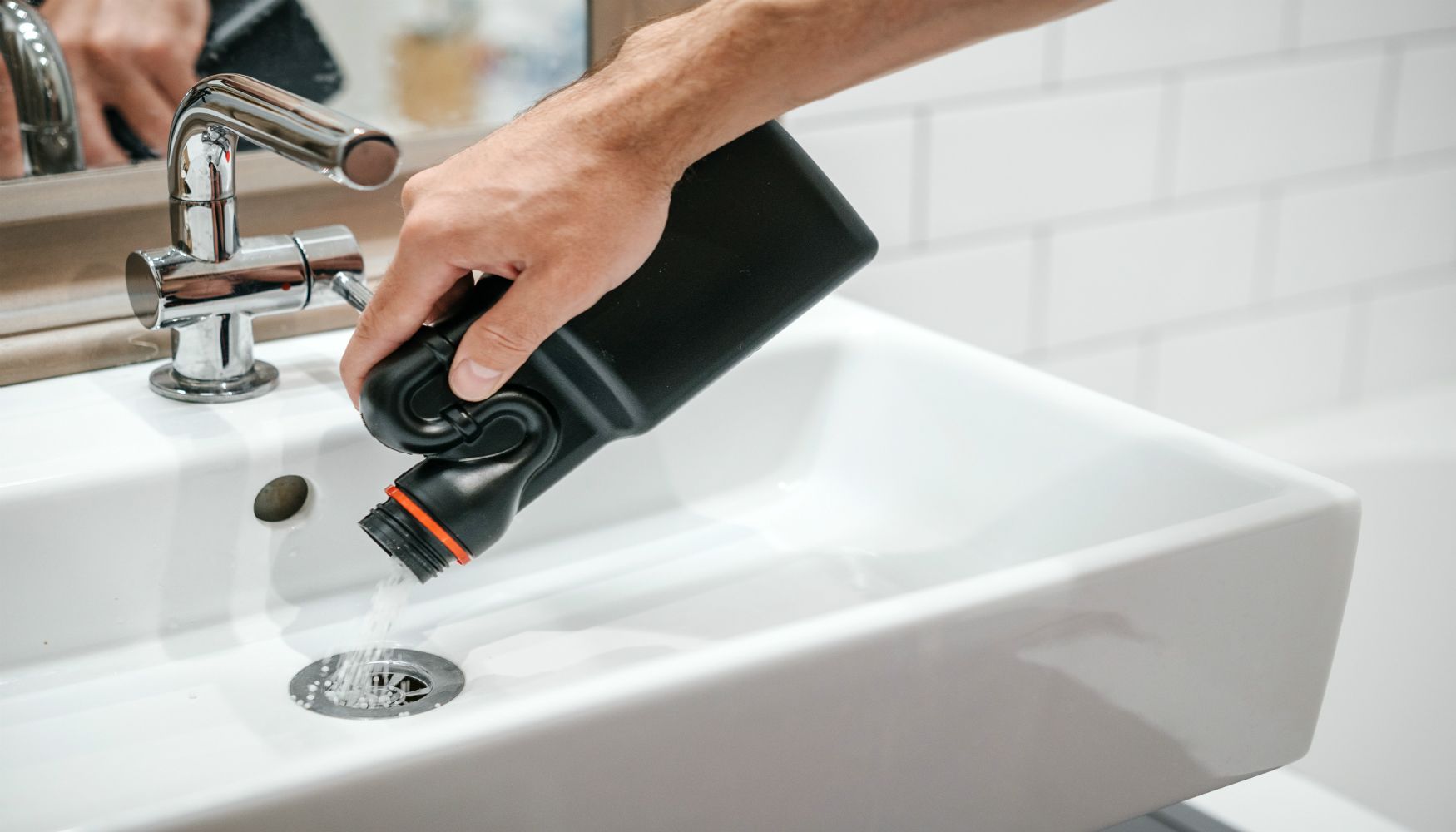
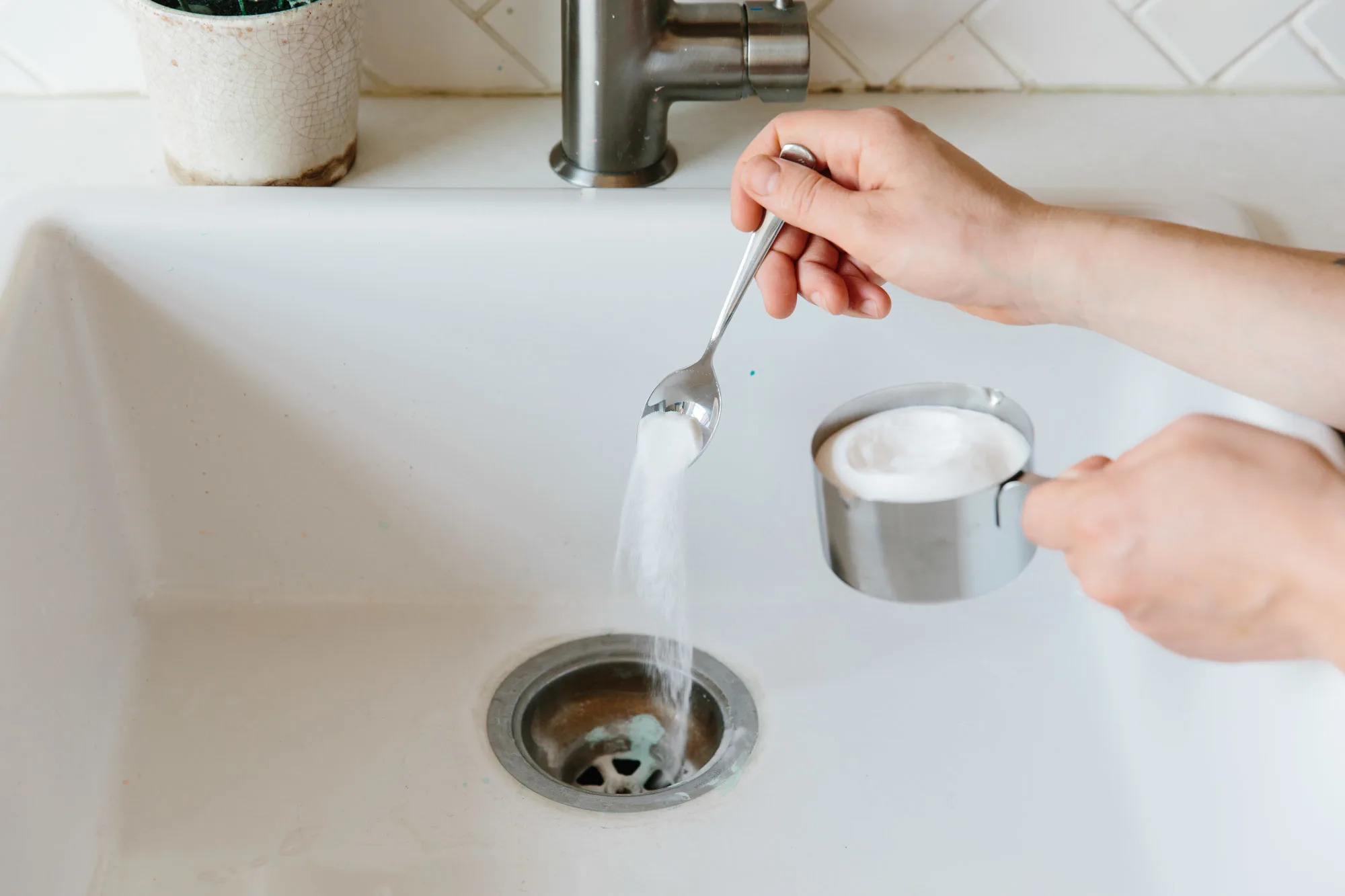
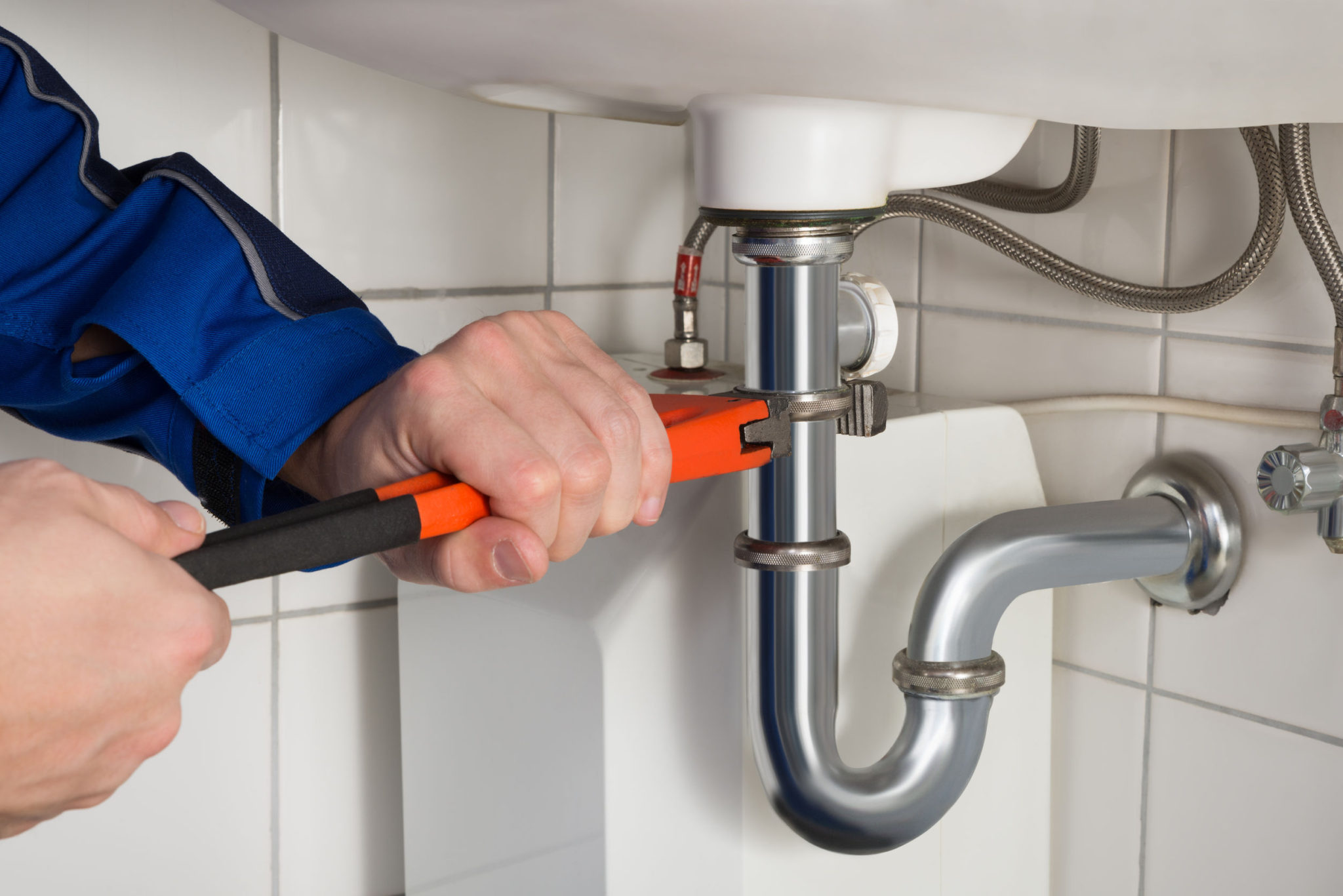
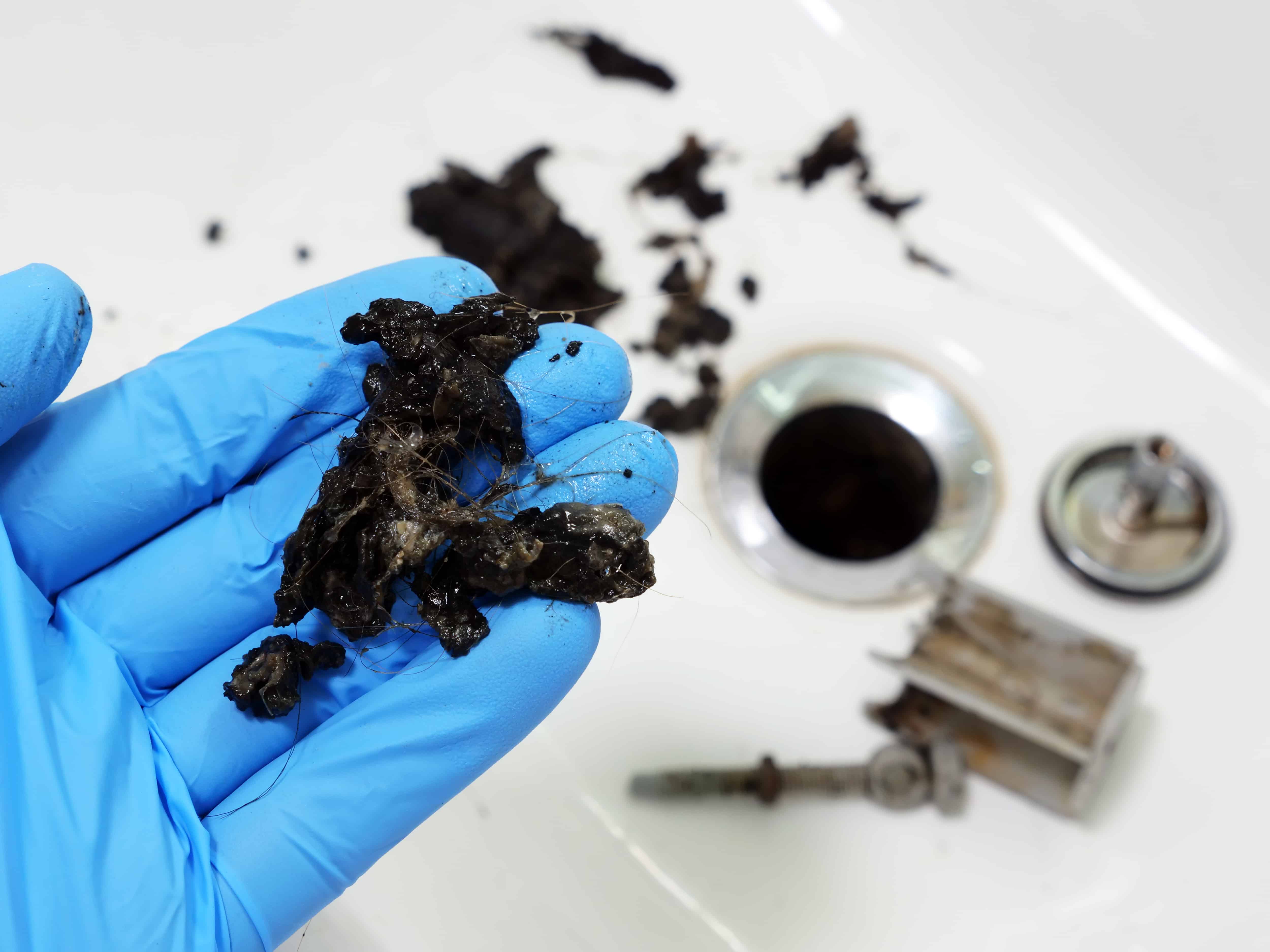
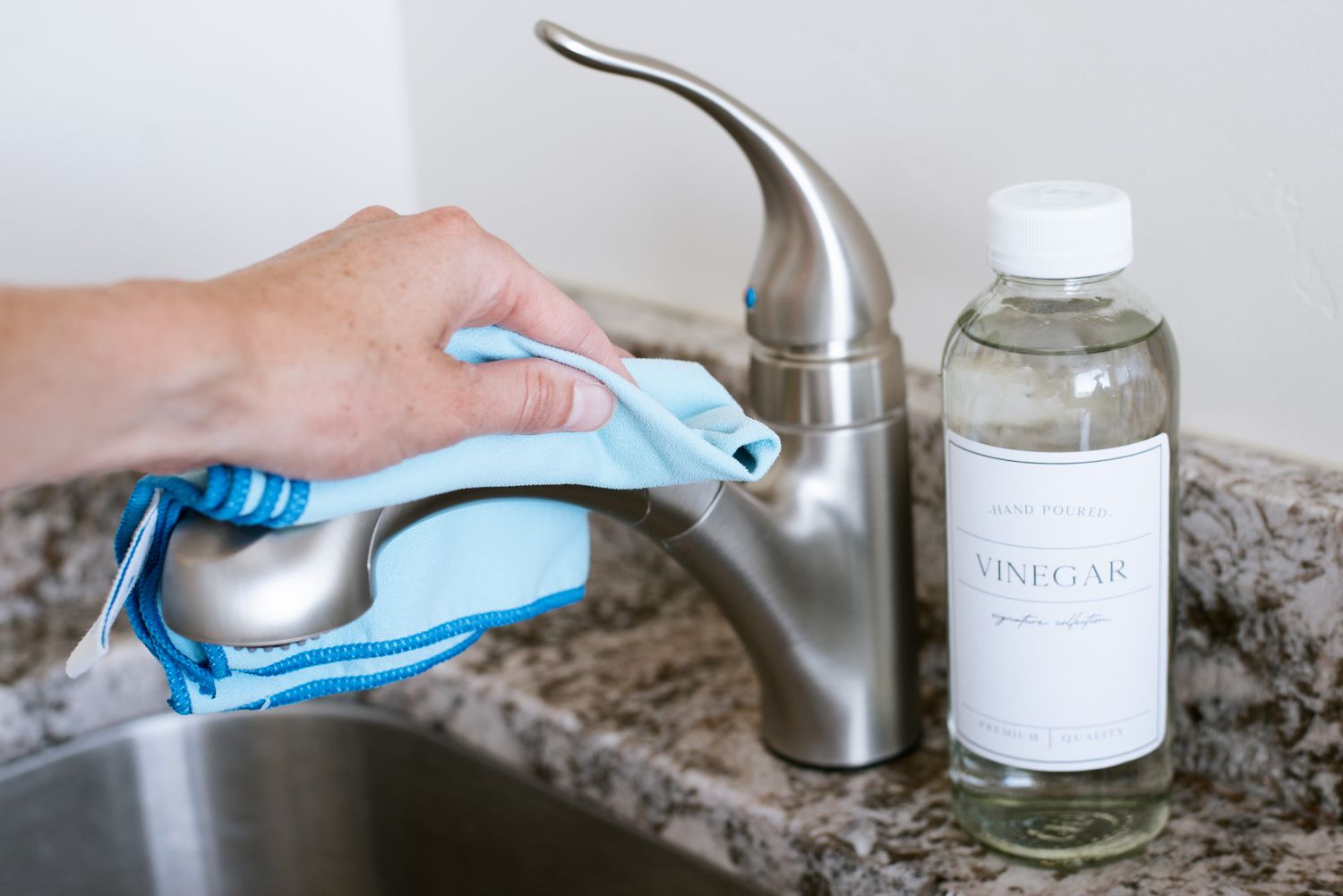
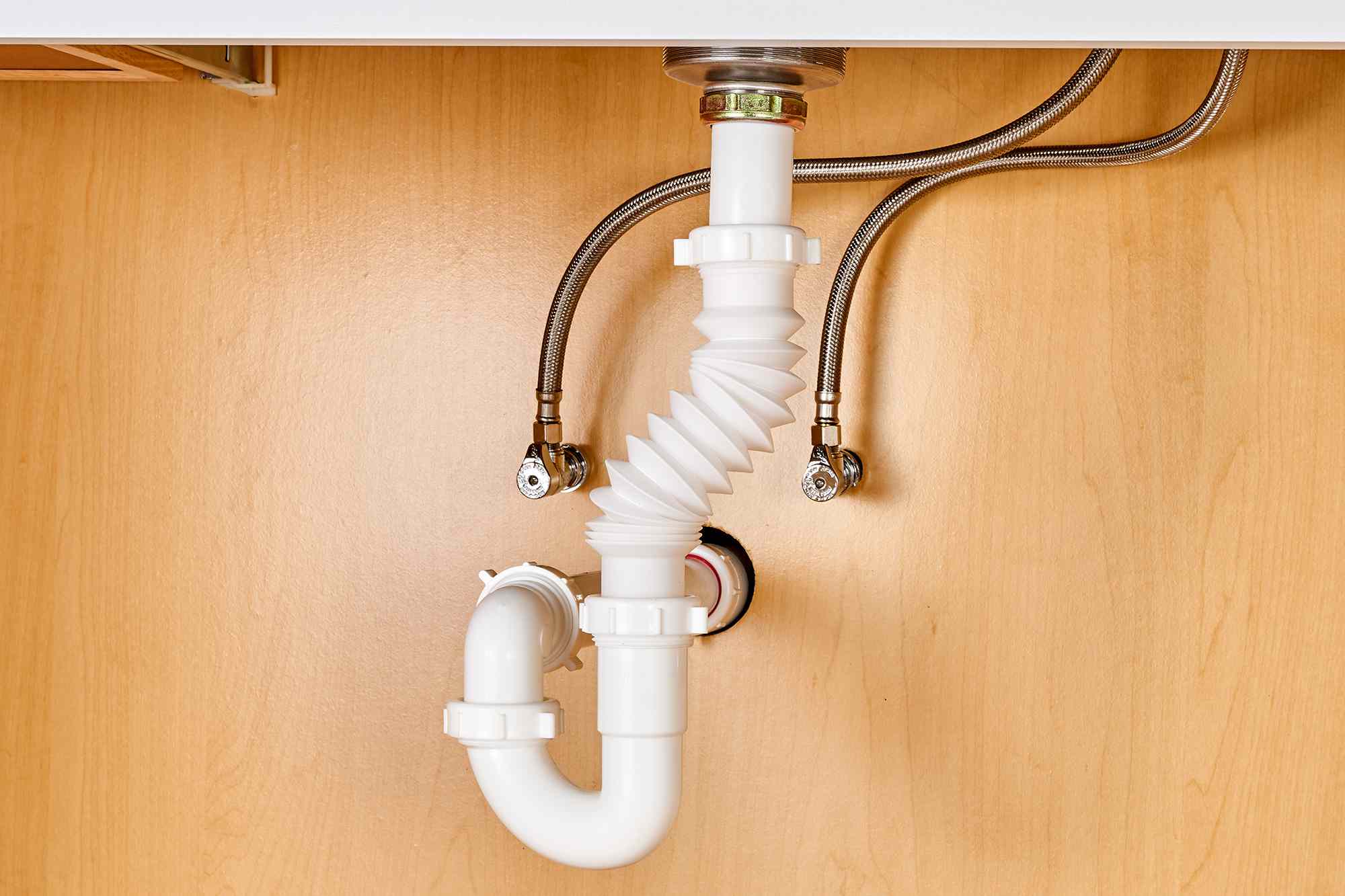
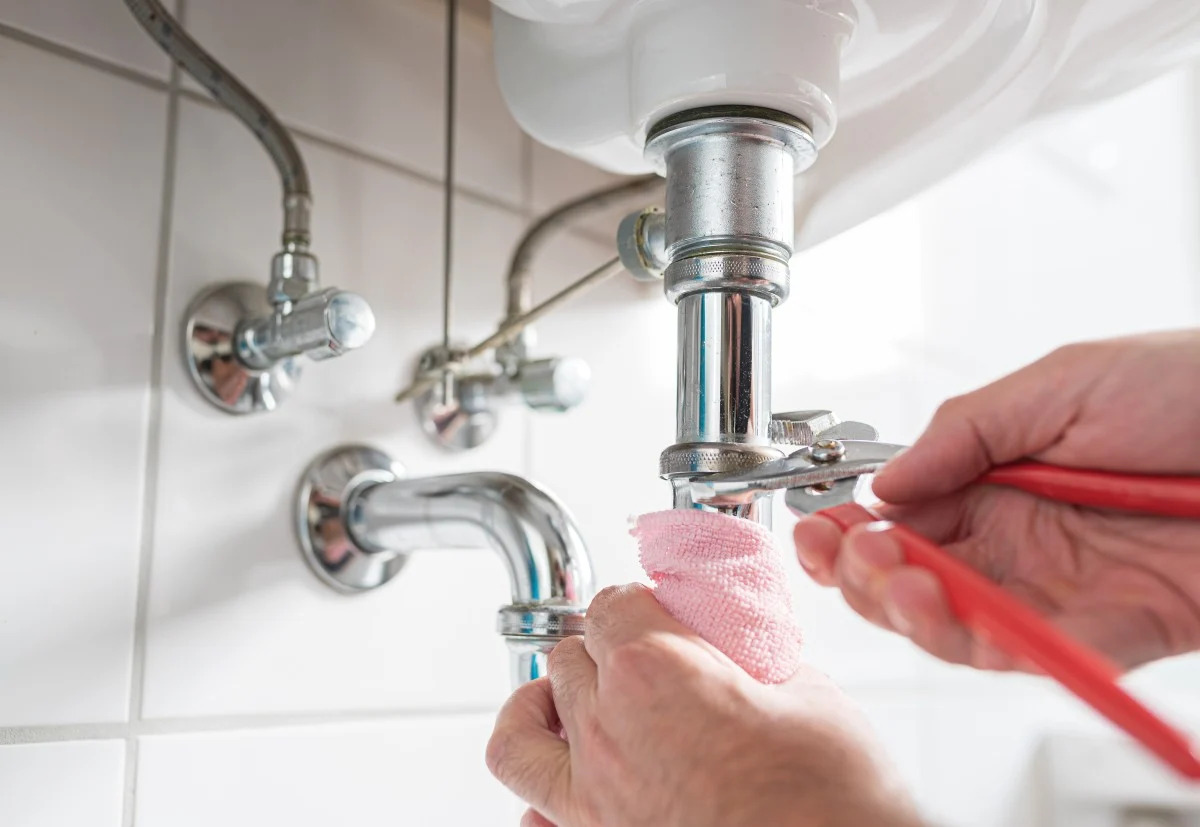
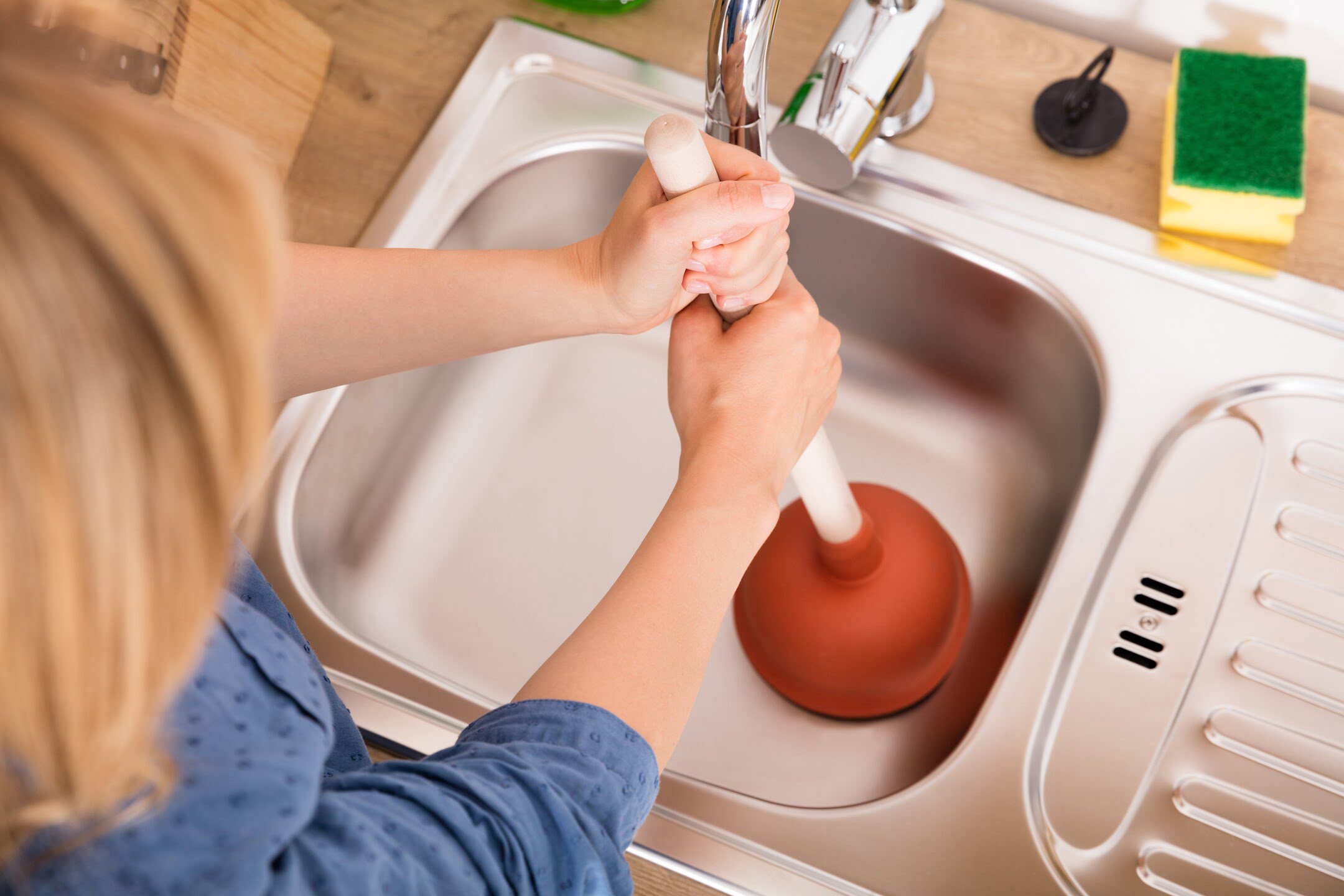
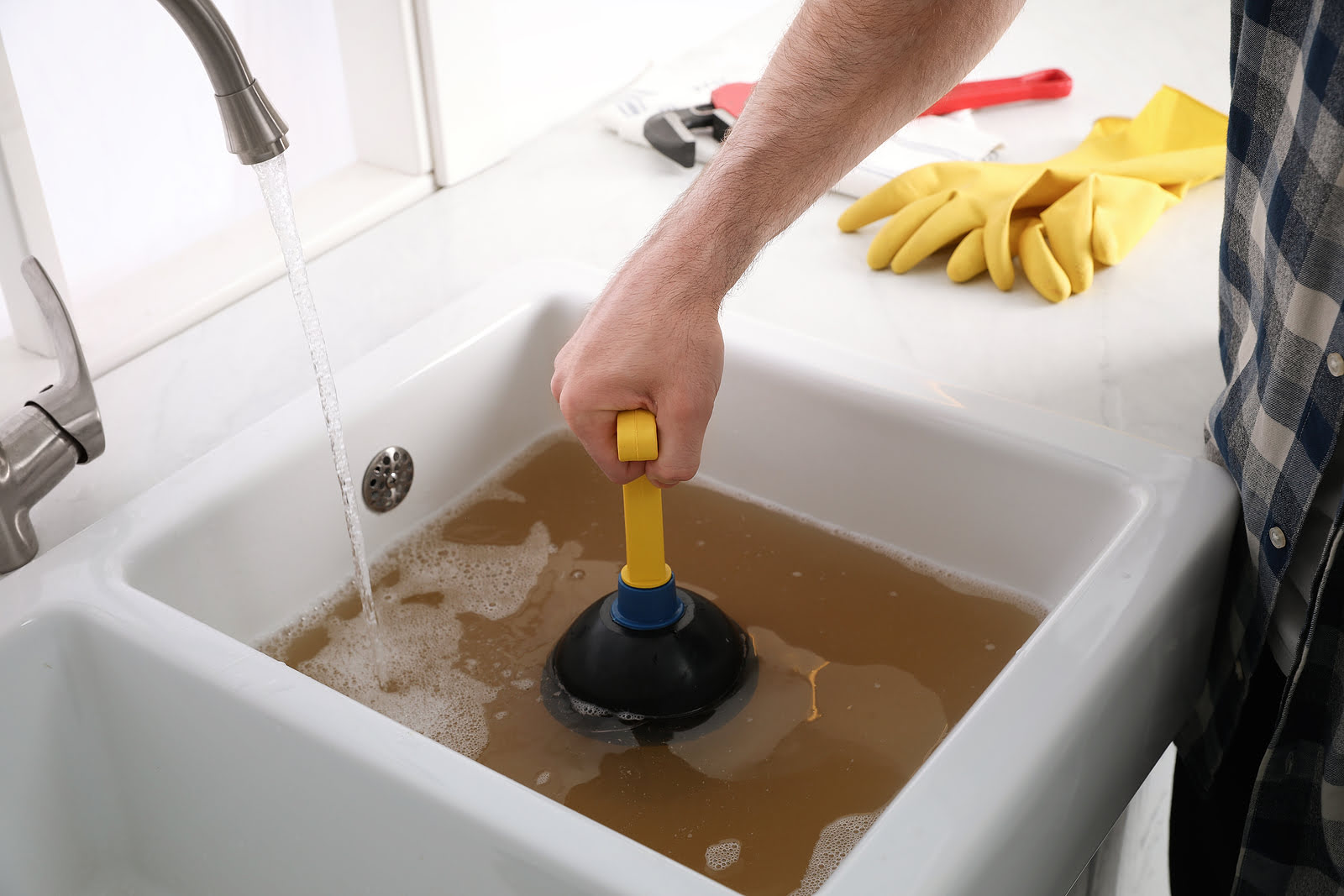
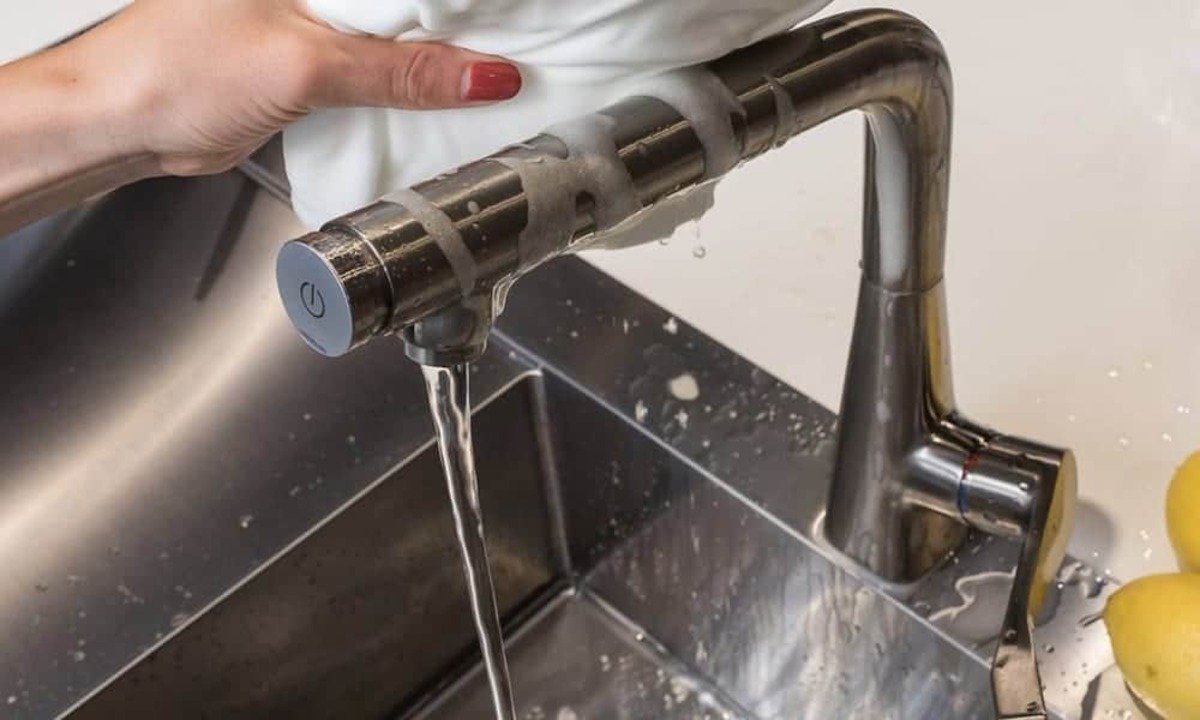
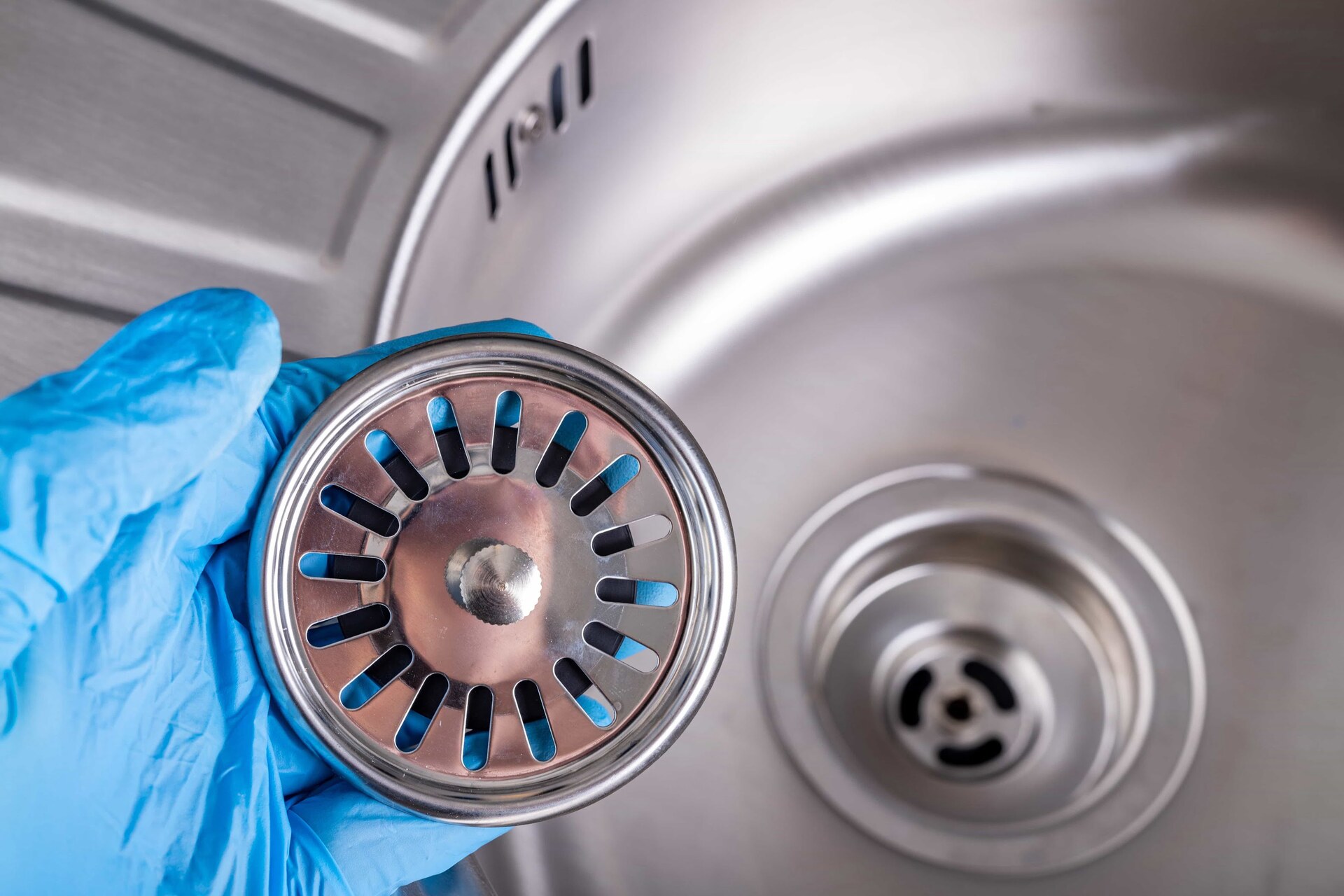
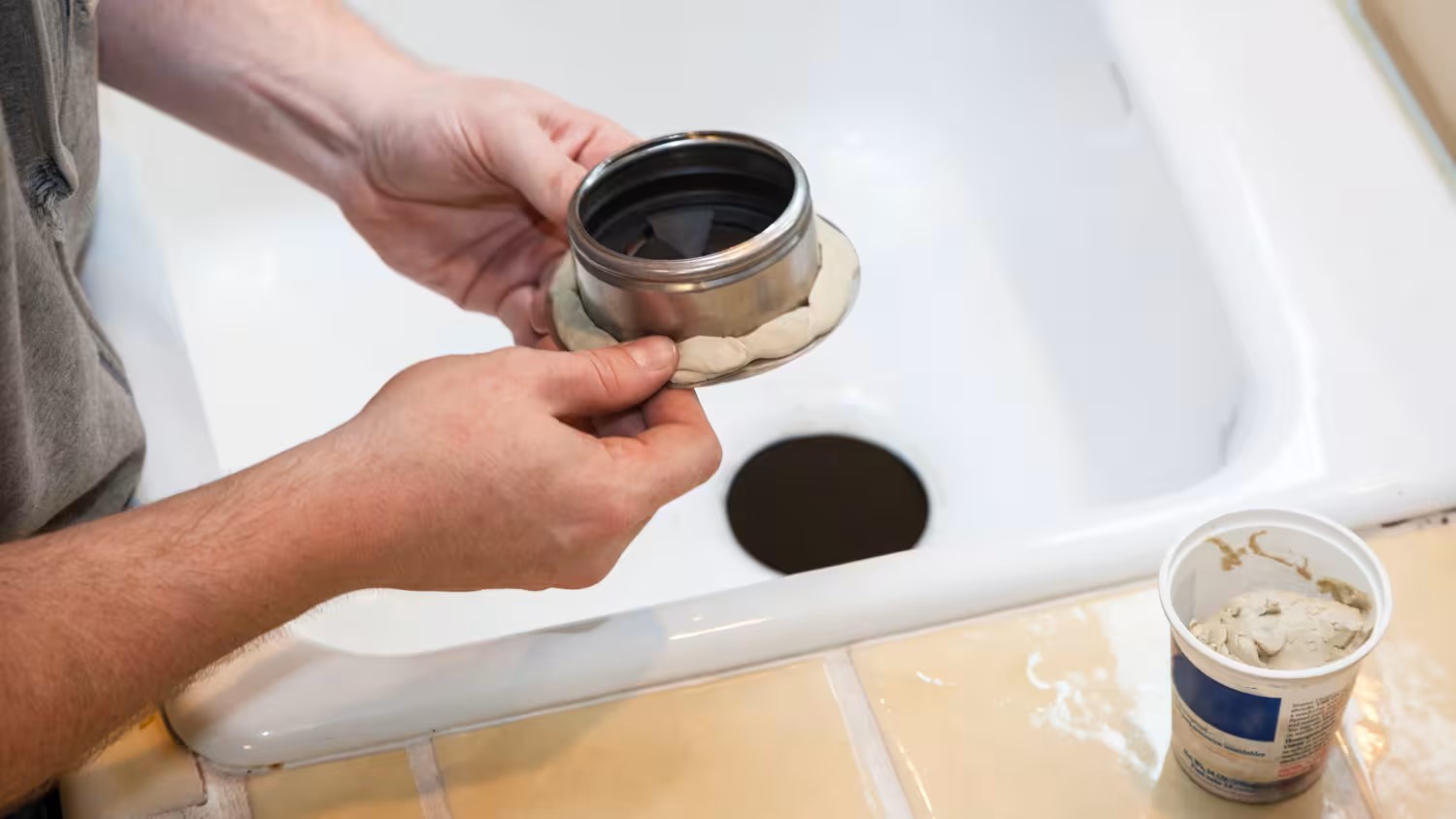
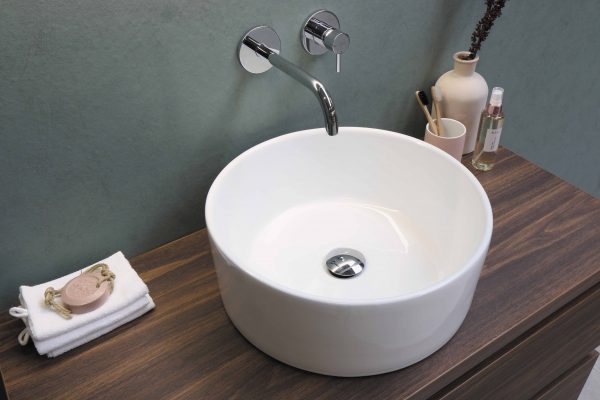
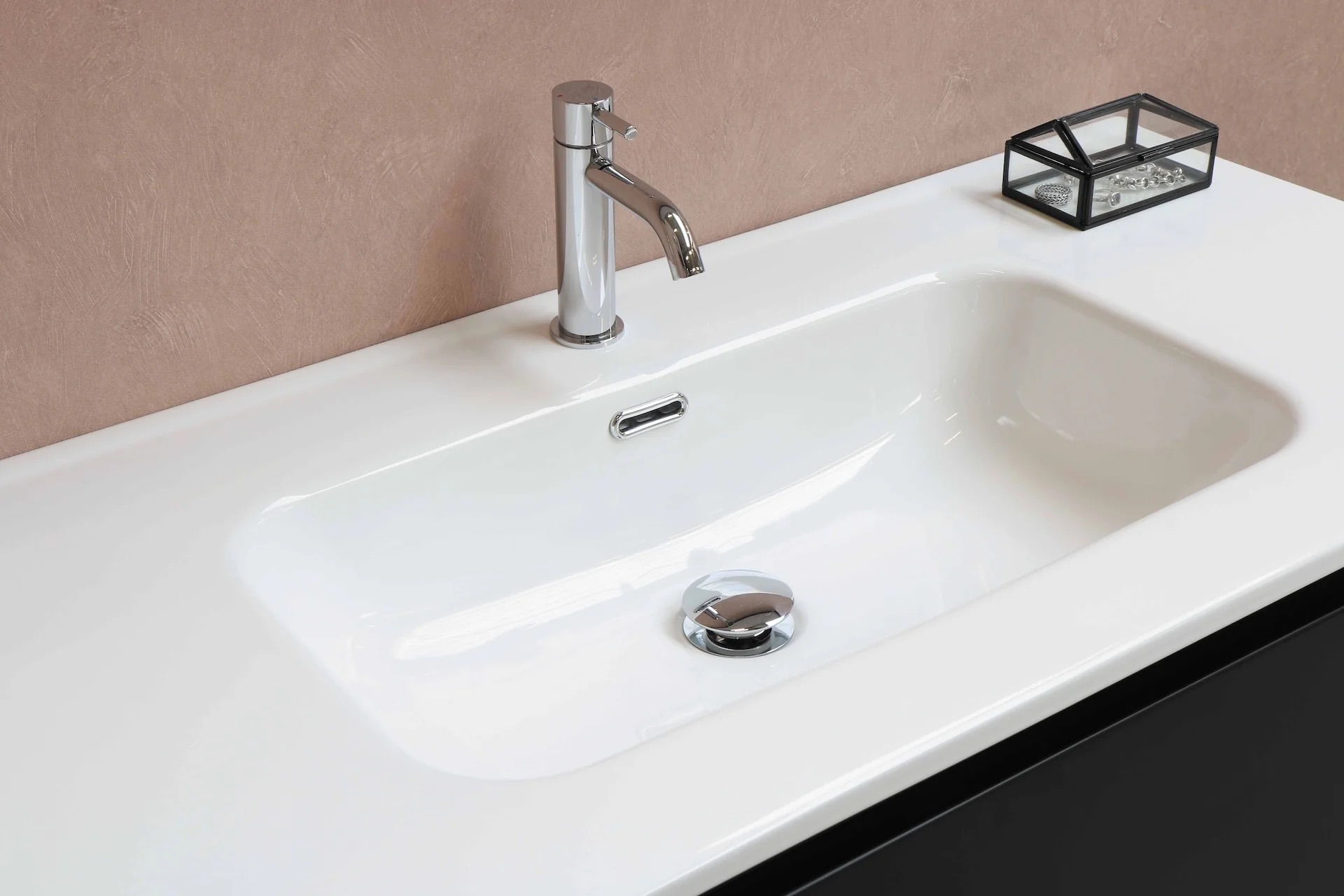

0 thoughts on “How To Clean A Bathroom Sink Drain”